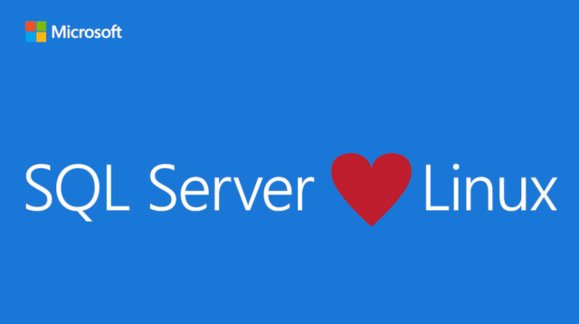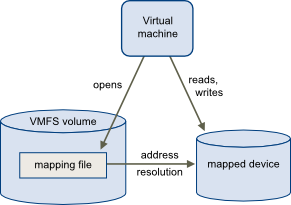SQL Server 2017 and SQL Server 2019 editions are supported on Linux / SUSE & Ubuntu Operating Systems.

We will discuss how the Installation takes place and how to get connected to the Database Server.
The below article will walktrough how the SQL Server installation works;
https://docs.microsoft.com/en-us/sql/linux/quickstart-install-connect-red-hat?view=sql-server-2017
After the successful installation, you may try connecting to SQL Server on Linux from Windows Clients
Step 01: Download SQL Server Management Studio (SSMS) and install it on a Windows Client.
Step 02: After finishing installation, Run SSMS.
Step 03: Input your Server name or IP address and username/password to connect. For Authentication, Select [SQL Server Authentication]
Step 04: Now, you are connected. It’s possible to operate SQL Server on GUI with SSMS


